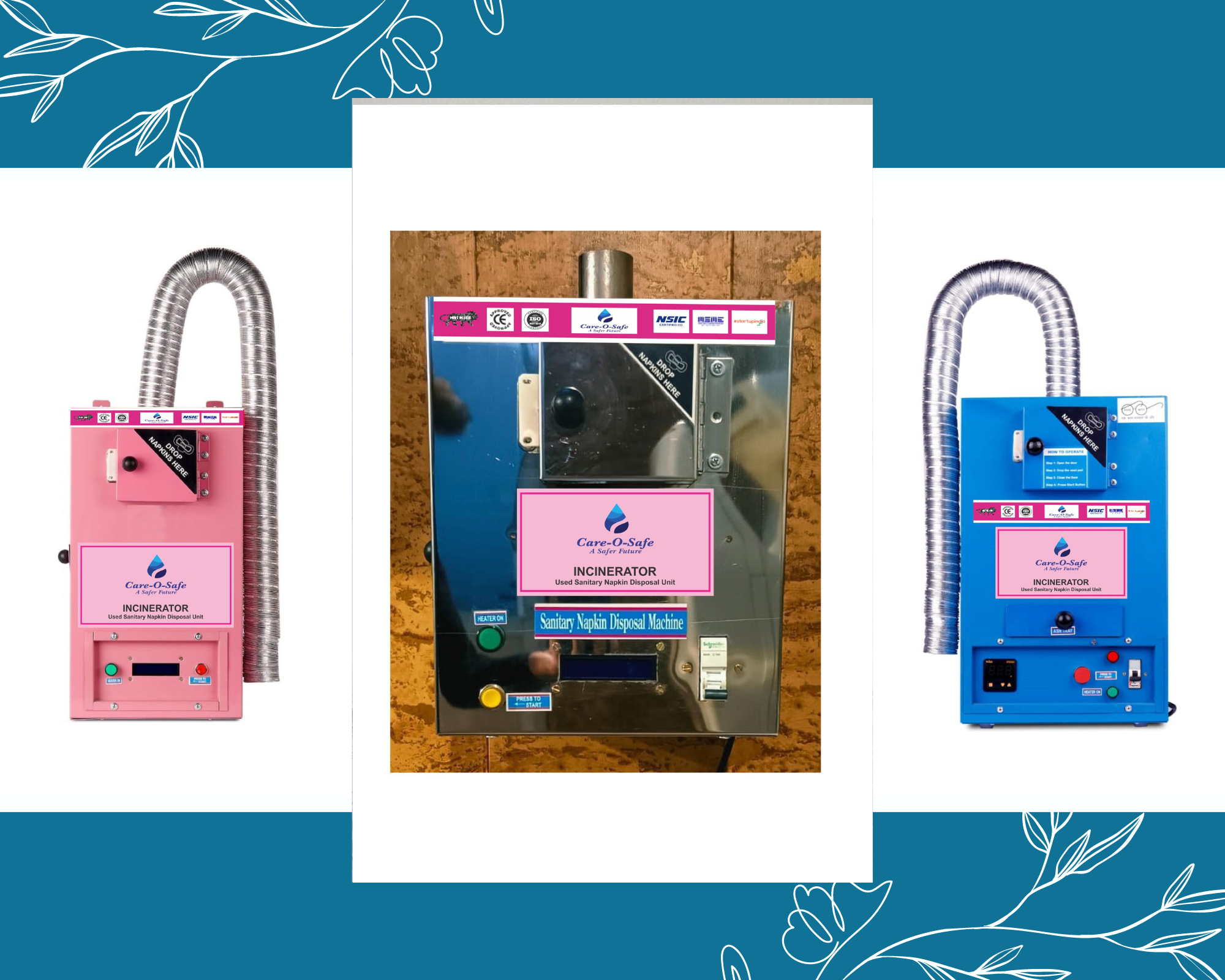As the world grapples with the challenges of waste management, incinerators have emerged as a viable solution for reducing waste volume and generating energy. In this blog post, we’ll explore what incinerators are, how they work, their benefits, and the controversies surrounding their use.
What is an Incinerator?
An incinerator is a waste treatment facility that uses high temperatures to burn waste materials. This process reduces the volume of waste by up to 90% and transforms it into ash, flue gas, and heat. The remaining ash can often be safely disposed of or repurposed, while the heat generated can be harnessed for energy.
How Do Incinerators Work?
The incineration process involves several key steps:
- Pre-treatment: Before waste enters the incinerator, it is often sorted and treated to remove non-combustible materials and hazardous substances. This ensures that only burnable waste is processed.
- Combustion: Waste is fed into a furnace where it is subjected to high temperatures (usually between 800°C and 1,000°C). This combustion process breaks down organic materials and generates heat.
- Energy Recovery: The heat generated can be used to produce steam, which drives turbines to generate electricity. This makes incinerators not just waste disposal facilities but also energy producers.
- Emission Control: Modern incinerators are equipped with sophisticated air pollution control systems that filter out harmful substances from the flue gases before they are released into the atmosphere. This includes mechanisms to capture dioxins, heavy metals, and particulate matter.
- Ash Disposal: The resulting ash is typically tested for contaminants before disposal. In some cases, it can be used in construction or as a soil amendment, depending on its composition.
Benefits of Incineration
- Waste Volume Reduction: Incineration significantly reduces the volume of waste, which is particularly important in urban areas where landfill space is limited.
- Energy Generation: By converting waste into energy, incinerators can provide a renewable source of electricity, contributing to energy security and reducing reliance on fossil fuels.
- Lower Greenhouse Gas Emissions: Compared to landfilling, incineration can lead to lower greenhouse gas emissions, particularly methane, which is a potent greenhouse gas produced in landfills.
- Effective Hazardous Waste Management: Incinerators can safely process certain types of hazardous waste that would be difficult to manage through traditional landfill methods.
Controversies and Concerns
Despite their benefits, incinerators face significant opposition. Key concerns include:
- Air Pollution: Critics argue that even with advanced technology, incinerators can release harmful pollutants into the air. Public health advocates often call for stricter emissions standards.
- Toxic Ash: The residual ash can contain toxic materials, raising concerns about its safe disposal and potential environmental impact.
- Waste-to-Energy Debate: Some argue that incineration may undermine recycling efforts by creating a disincentive to reduce waste and recycle materials, as it provides an alternative disposal method.
- High Costs: Building and maintaining incineration facilities can be expensive, and some municipalities may find it more cost-effective to invest in recycling and composting programs.
The Future of Incineration
As waste generation continues to rise globally, the role of incinerators in waste management is likely to evolve. Innovations in technology may enhance the efficiency and safety of incineration, while increased public awareness and advocacy could lead to stricter regulations.
Ultimately, the best waste management strategies will likely combine multiple approaches—incineration, recycling, composting, and reduction efforts—to create a sustainable solution for our growing waste crisis.
Conclusion
Incinerators represent a complex but potentially valuable tool in the waste management arsenal. By understanding their function, benefits, and challenges, we can engage in informed discussions about their role in building a more sustainable future. As communities continue to seek effective waste solutions, incinerators may prove to be an essential part of the puzzle, provided that they are managed responsibly and transparently.



No responses yet